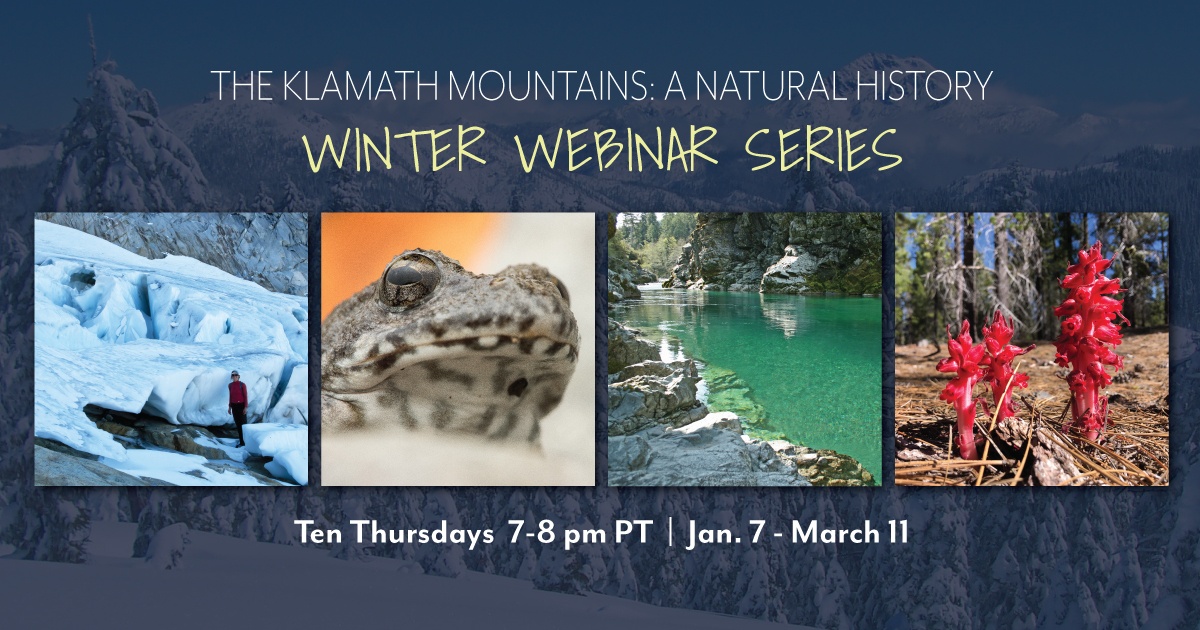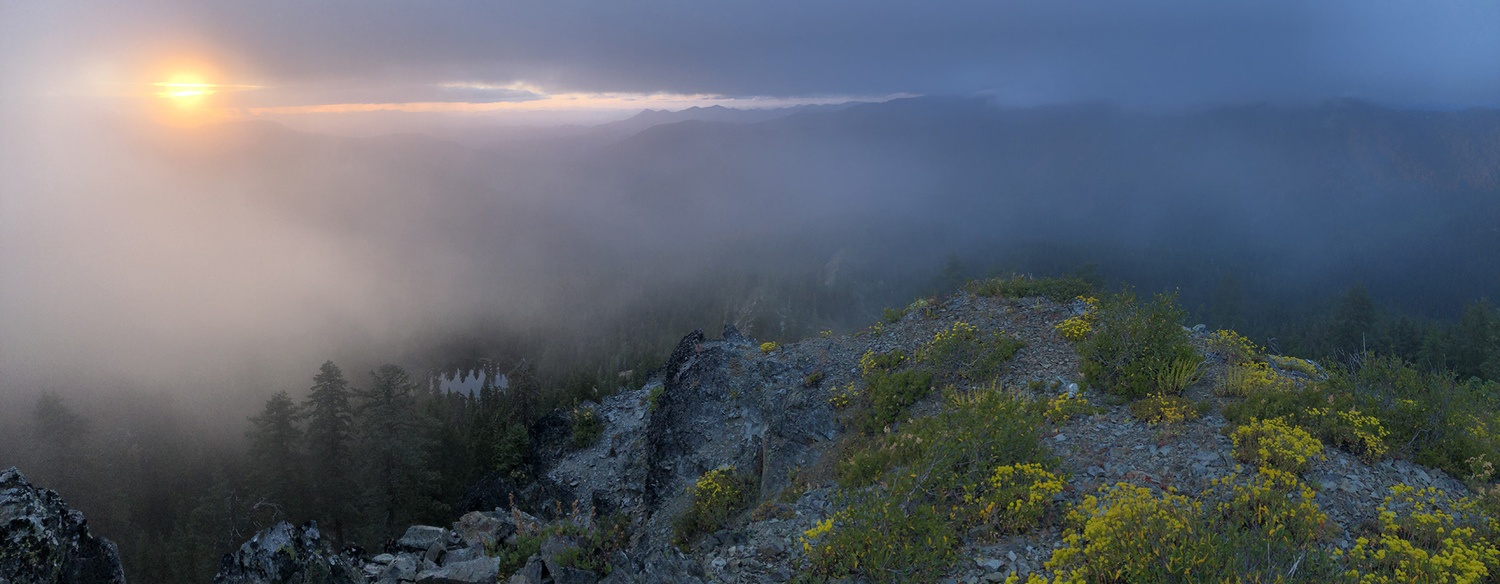Willis Jepson’s Siskiyou Expedition
I recently came upon resource created in 1907 during a trans-Klamath adventure to explore the region and document its plants. Willis Jepson’s Siskiyou Expedition began in Yreka on July 1st and ended back in Etna on July 25th. Over that time the expedition team traveled from the eastern Klamath to the coast—and back again—using a combination of routes including poorly developed roads, the Kelsey Trail, river corridors, and portage boats guided by Karuk men. I encourage you to read more of Jepson’s journal and his colorful descriptions of the plants and places along the way. The journal offers an ecologist’s view, 110 years back, to a northwest California vastly different than today.

Klamath Mountain Peatlands
…or Fabulous Fen Photographs
This article was influenced and inspired by Gordon Leppig’s California Wetlands Fremontia.
The slow movement of water through a fen builds, over long periods of time, to the formation of peatlands. The formation of peatlands requires a combination of processes that most commonly occur in flat areas in both tropical and boreal regions. Because of variable topography, geology, and even water chemistry in the mountains, peatlands are generally rare.
In temperate mountains, rare peatlands form over mellennia if perennial soil saturation, low mineral soil deposition, erosion rates, and net storage of soil carbon resulting from plant productivity complement each other perfectly. In arctic and alpine environments, the formation of peat is often associated with peat moss (Sphagnum spp.). In the temperate regions peatlands are usually dominated and formed by sedges (Carex spp.).
Continue reading “Klamath Mountain Peatlands”The Last Glacier in the Klamath Mountains
I learned about this project in 2014 and have been following it closely ever since. In late April, 2020 my friends Justin Garwood, Ken Lindke, and Mike Van Hattem (with other co-authors) published the first definitive paper on glaciers in the Klamath Mountains. While the news is bleak, their diligent research documents the changes in the Klamath for hundreds of years through the eyes of the highest peaks and watersheds in the range. Please enjoy the summary that follows.
Justin M. Garwood, Andrew G. Fountain, Kenneth T. Lindke, Michael G. van Hattem, and Hassan J. Basagic “20th Century Retreat and Recent Drought Accelerated Extinction of Mountain Glaciers and Perennial Snowfields in the Trinity Alps, California,” Northwest Science 94(1), 44-61, (22 April 2020). https://doi.org/10.3955/046.094.0104
Continue reading “The Last Glacier in the Klamath Mountains”
2019 Conifer Country Updates
BLURB FROM THE TALK: Humboldt County educator, author, and ecologist Michael Kauffmann has been tracking the status and distribution of Klamath Mountain conifers for over 15 years and his book, Conifer Country, if the definitive field guide to the region. Michael will take us from mountain summits to coastal river valleys and provide updates on the status and distribution of many of these charismatic conifers based on field work in the summer of 2019 with the California Native Plant Society Vegetation Team. He will also share photos and stories about exciting plants from the region.



